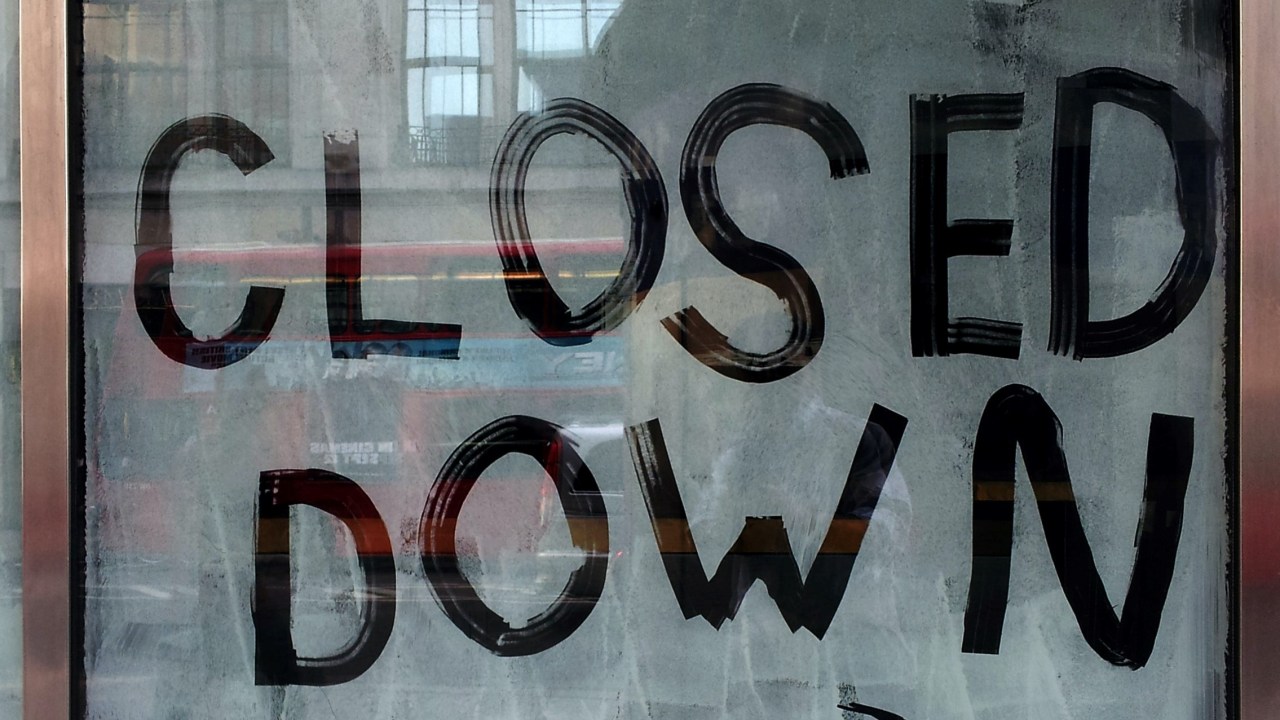
Due to the independent nature of the nonprofit sector in the US, there no comprehensive way to track museum openings or closings (much less arrive at a definitive head count of museums at any given time). This is of particular concern as we try to document the impact of the COVID-19 pandemic and resulting financial crisis on our sector. Today on the blog, Adam Rozan, a CFM regular and museum audience engagement expert invites your help in plugging this data gap.
–Elizabeth Merritt, Vice President for Strategic Foresight and Founding Director, Center for the Future of Museums, American Alliance of Museums
Museums close, they go out of business. Of course, 2020 was unique, an economic earthquake that may create a wave of pandemic-induced museum closings. Museums like the Tahoe Maritime Museum in Lake Tahoe, California, the Morro Bay Skateboarding Museum in Morro Bay, California and the Bellingham Railroad Museum in Bellingham, Washington are a few of its victims. Directors’ responses to the Alliances’ COVID Snapshot Surveys in June and October of 2020 suggest that up to 33 percent of American museums are at risk of closure in the coming year due to Covid-19-related hardships.
This context gives new importance to a project I began in 2016, documenting as much information as possible on museums that went out of business. The result is this Google spreadsheet recording instances of museum closings, mostly post-2016, compiled with the help of students and colleagues. Hopefully this could help us figure out what factors put museums at particular risk of permanent closure. Can one museum’s misfortune help protect another? I hope so.
Now I’m sharing this spreadsheet with the broader community and asking you all to help fill in the blanks, of which there are many, and begin making sense of the data. Please help us paint a clearer picture by adding more examples of private or public museum closures and contributing more information about the examples we have already documented. I’m particularly interested in capturing data about museum closures before 2020, to provide a baseline of comparison to closures provoked by the pandemic. And I would also love to read any observations or analysis that you develop based on this data—please share in the comments on this post.
I’d like to give a special thanks to Erica Peaslee, who was a Harvard University Extension Faculty Aide in 2016 when she helped me launch this project and did much of the initial research. Also, a big thanks to Elizabeth Merritt, director of AAM’s Center for the Future of Museums, who is passionate about this topic and has been encouraging me to keep it going. I also appreciate the insight of Dr. Susana Bautista, a museum leader who is writing a book on this topic, which I look forward to reading as soon as it’s published.
PLEASE NOTE: Since this is an open-source document, we cannot vouch for the accuracy of the data collected thus far.







Reviewing this listing calls some other things to mind:
What about museums that close to the public but still exist, even continue to operate in some capacity? Some seem to lose interest or confidence in their public functions, or they lose support of a parent organization. It suggests that museums may suffer from a form of morbidity, if not exactly mortality. Are museums that house permanent collections still “alive”, while those that simply host programs “dead” in a sense?
I took a look at the spreadsheet and notice some issues that make it rather confusing to read, some of these can be easily cleaned up like the lack of date formatting. The bigger difficulty I see is that there is nothing to distinguish museums that are temporarily closed versus museums that are permanently closed. Granted it might just be too soon to tell if the museums are going to be able to survive the pandemic, but the lack of indication gives the impression that these museums are already lost.
Hi Tamara, thank you for the input on formatting. The intent of this spreadsheet is to track ONLY museums that have announced they are closing permanently.
Hello Tamara,
Thank you for your feedback. This is an initiative that’s meant to help move the discussion forward on museums that have gone out of business. It’s 100% open source, so anyone can edit and participate. Your suggestions are great; thank you for sharing them. I invite you to go ahead and make the changes that you see fit in the spreadsheet!
Many hands make light work,
Adam
Another issue, which may be beyond the scope of this effort, is “jewel box” museums that are technically open but hard to find or access. Some rich families run museums with very limited opening hours or located on private estates and still get writeoff benefits. See this 2015 New York Times article: https://www.nytimes.com/2015/01/11/business/art-collectors-gain-tax-benefits-from-private-museums.html?unlocked_article_code=VlpIoaweSG4sukR6AwzSoLxmYJtEaI93UDcXPF6sxQddW9p0pZ5AVS9NPfz46B3WrXjDDfbKAuWHgaNTnPO-AQKp45D6A4pD6XAS05z_-kEmc8nJxBmKhnXGBLuH3RpFq-OFNM-X7pdUPq5Q03WdhrzAIwARL9W1zrJTa_9lX83YDydMZFGtw-uf3UkM77XfOZHs6bGVy_lIt9IwgZtgItGSFdSHg2Trh1yJuDHKmMq0AQzeIFtIVK7kmISPw7utfk6nABnI0q3Erat0YxmcmdoWnP8IjAGAImebrQ8Z4JNhs0_WigJYMmHOy96F5ZzBGLz6AaamQri6c-zGg3qw4-ShUMXwbDeh9iuY5yGfdaGorosUqSQ5G2Zc4hAsLZsp&smid=url-share